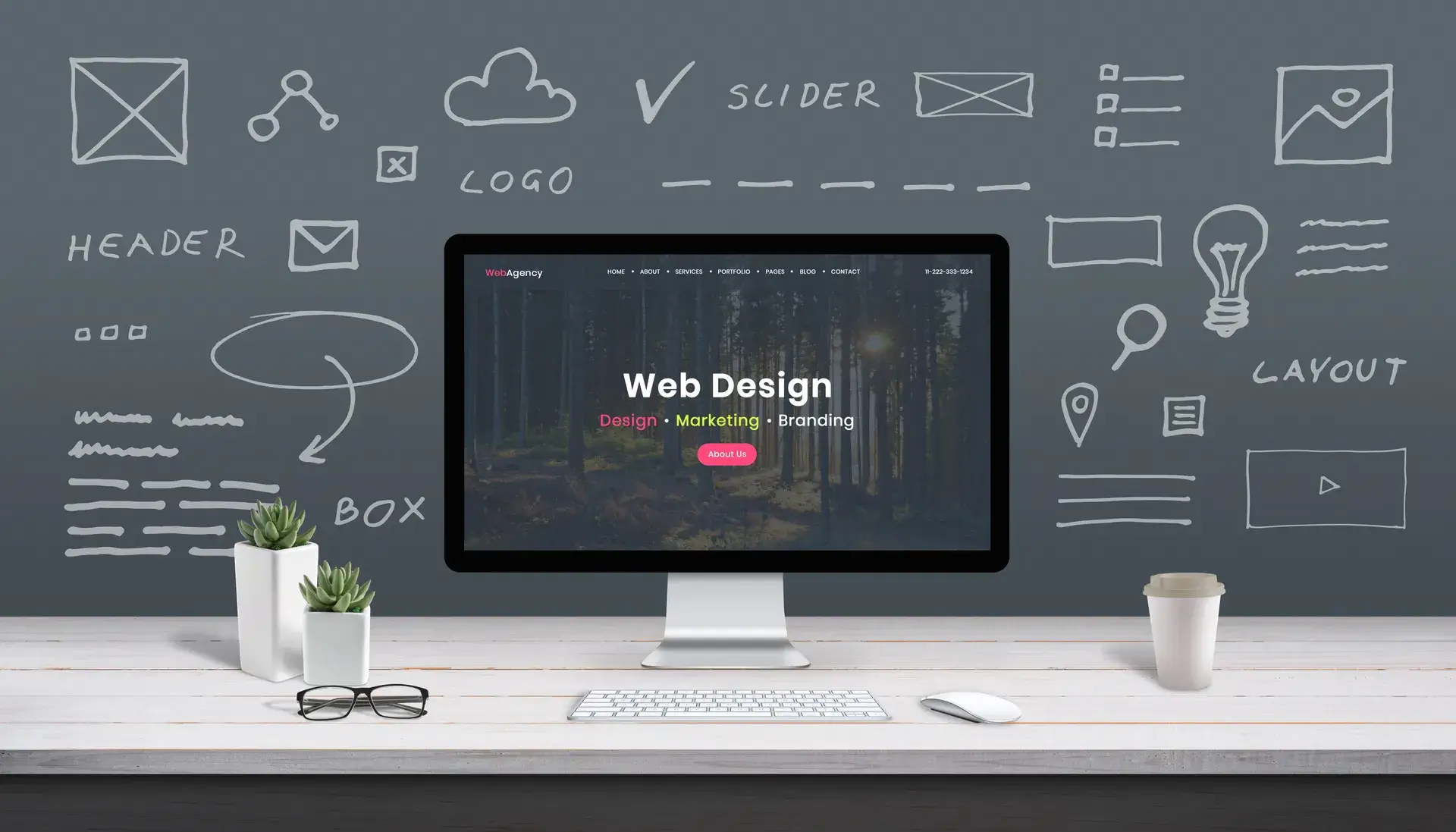In today's digital world, the importance of a modern website cannot be overstated. A well-designed website serves as the face of your business online, influencing user perceptions and driving engagement. In this article, we will explore the key elements that make up a modern website design, from aesthetics to functionality, ensuring that your site stands out in a competitive landscape.
Understanding Modern Web Design
Modern web design is characterized by clean aesthetics, user-centric navigation, and a focus on performance. It's crucial to create a design that resonates with your audience while being functional and easy to navigate. Here are some essential elements of modern web design:
1. Responsive Design
With the increasing variety of devices used to access the internet, responsive design is vital. This approach ensures that your website looks and functions well on all screen sizes—desktops, tablets, and smartphones. Strategies include:
- Fluid Grids: Adjust the layout based on the screen size.
- Flexible Images: Scale images using CSS to fit different devices without losing quality.
- Media Queries: Apply CSS styles depending on the device characteristics.
2. Minimalist Aesthetic
Modern websites often employ a minimalist aesthetic that favors clean lines and whitespace. This approach helps in:
- Enhancing Readability: Less clutter means more focus on essential content.
- Improving User Experience: Minimizing distractions allows users to navigate easily.
- Boosting Load Times: Fewer elements on a page lead to faster load times.
3. Engaging Visuals
Using high-quality images and videos can significantly enhance the user experience. Consider these tips:
- Hero Images: Use large hero images or background videos for immediate visual impact.
- Illustrations and Icons: Custom graphics can make your site unique and engaging.
- Consistent Color Scheme: A cohesive color palette enhances the brand identity.
4. Intuitive Navigation
A modern website should have straightforward navigation that guides users smoothly. Key considerations include:
- Simple Menu Structure: Limit the number of options to avoid overwhelming users.
- Sticky Navigation: Keep the main menu visible as users scroll.
- Search Functionality: Adding a search bar can help users find information quickly.
5. Speed and Performance
Website speed is a critical factor for user retention and SEO. You can improve performance by:
- Optimizing images for faster load times.
- Minifying CSS and JavaScript files to reduce size.
- Implementing browser caching to store static files locally.
Conclusion
A modern website design is essential for creating an engaging online experience that attracts and retains visitors. By focusing on responsive design, a minimalist approach, engaging visuals, intuitive navigation, and performance, you can create a website that not only looks great but also meets the needs of your users. At Prebo Digital, we specialize in crafting modern websites tailored to your business objectives. Contact us today to bring your vision to life!














